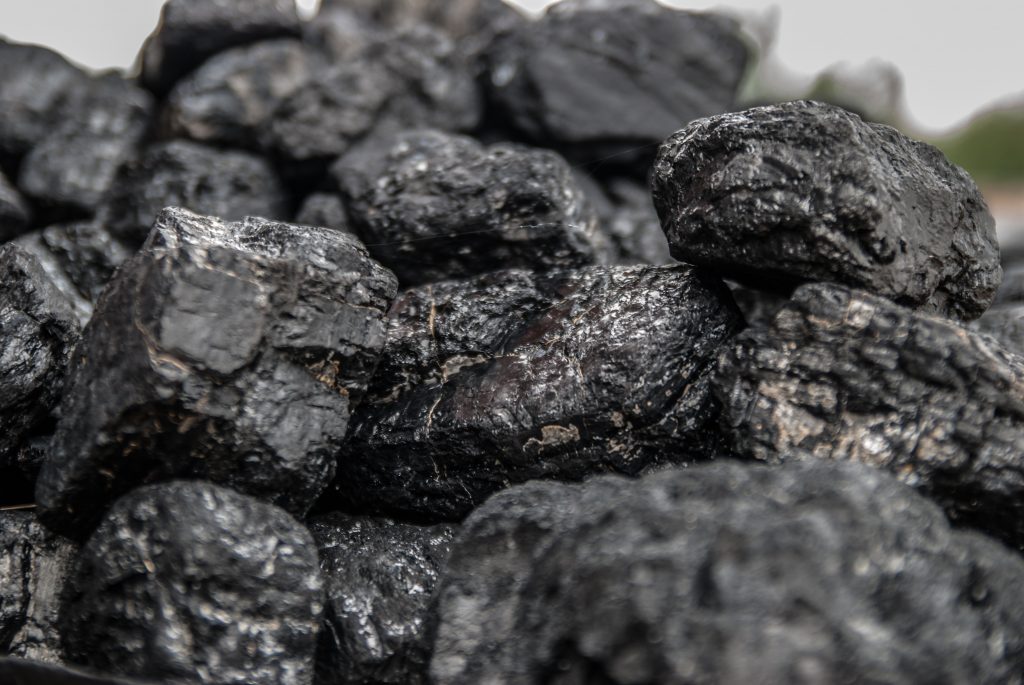In a closed system, an energy source is the element that provides energy by converting it from another form of energy. It is used to generate useful energy, such as electricity, heating or energy needed to drive. Energy sources can be divided into fossil, nuclear and renewable.
The most important source of energy on earth is the sun. In the core of the central star of our planetary system, hydrogen atoms are fused together. This produces a high level of radiant energy, which is emitted into the surrounding space.

Although there is a scientific difference in meaning, the terms energy source and energy carrier are often used synonymously. In general, the energy carrier is the means that contains and transmits the energy. As a rule, these are substances whose energy is stored in chemical or nuclear form and can be harnessed through conversion processes or energy transport. In the example of the sun, however, the radiation is the energy carrier.
Primary energy sources such as coal, crude oil and natural gas are derived from biomass in natural conversion processes; secondary energy sources such as fuels are derived from primary energy sources. Their use causes CO2 emissions.
Even though renewable energy sources are on the rise, around 80 percent of global energy consumption still comes from fossil fuels.
Author: Anja Herberth
Chefredakteurin
















